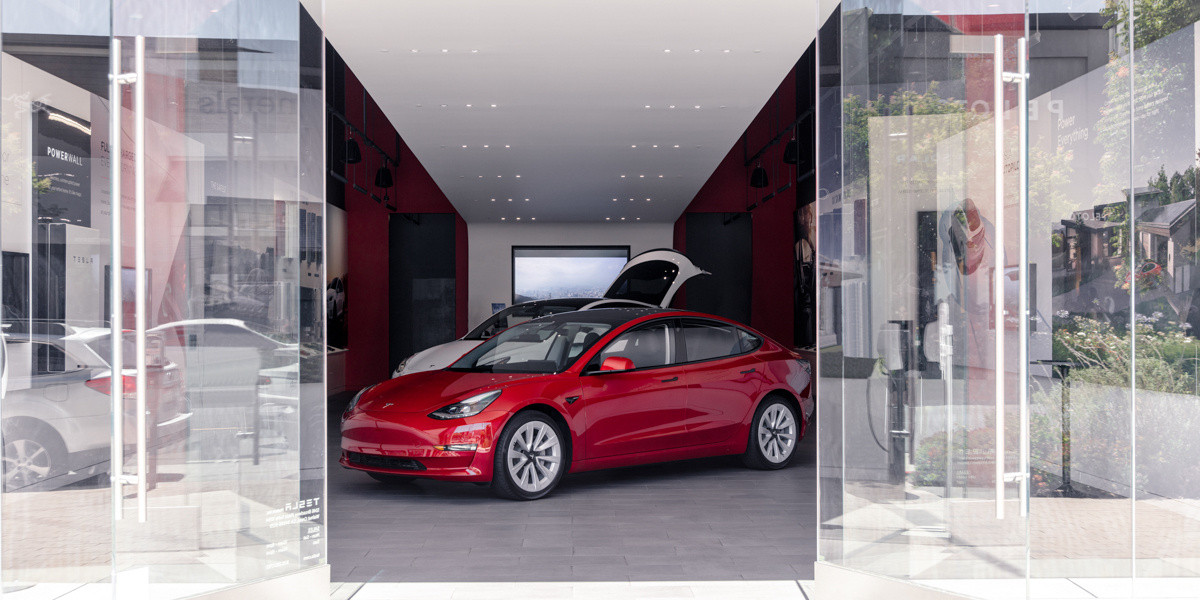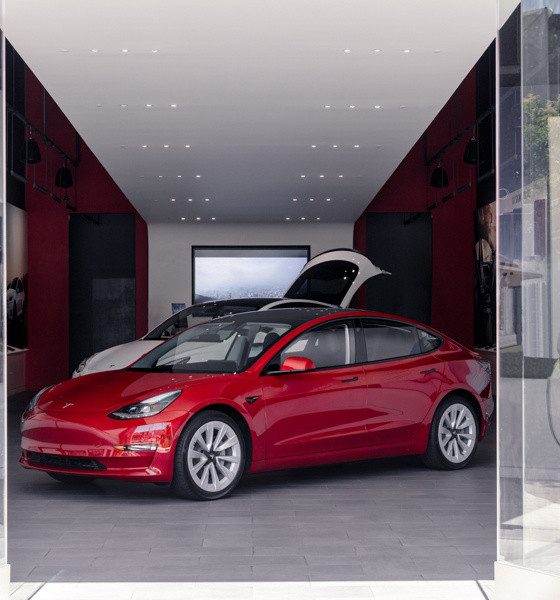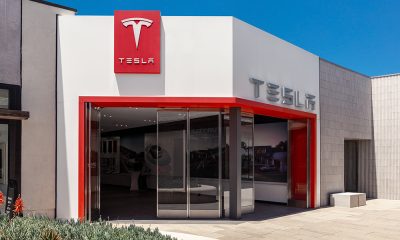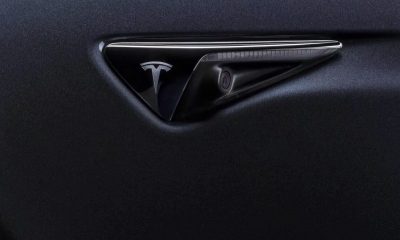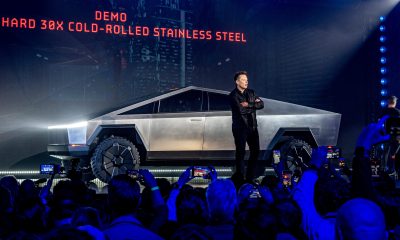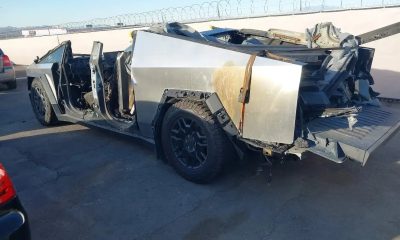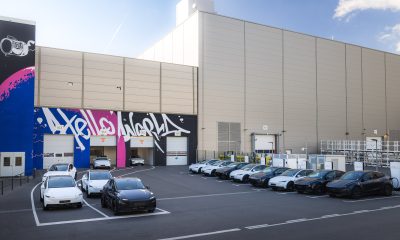On Super Bowl Sunday this past February, Tesla did not run television advertisements. The $6.5 million price tag for a 30-second slot during the Bengals-Rams thriller had other takers, though. Polestar was one of them.
Polestar took shots at Tesla and others with a spicy ad during the big game that indirectly called out Elon Musk’s other ventures, including SpaceX. The ad did rank as the most-engaging commercial of the Super Bowl commercials that did run, performing twenty-three times better than the median Super Bowl LVI spot.
While Polestar did see some benefit with engagement, Tesla saw the real benefits from the commercial, as detailed in its Q1 2022 Shareholder Deck released last Wednesday just before the company’s Earnings Call. Tesla saw an increase in order volume the day after Super Bowl Sunday — its highest order concentration since the beginning of 2022, according to the graph released.
Credit: Tesla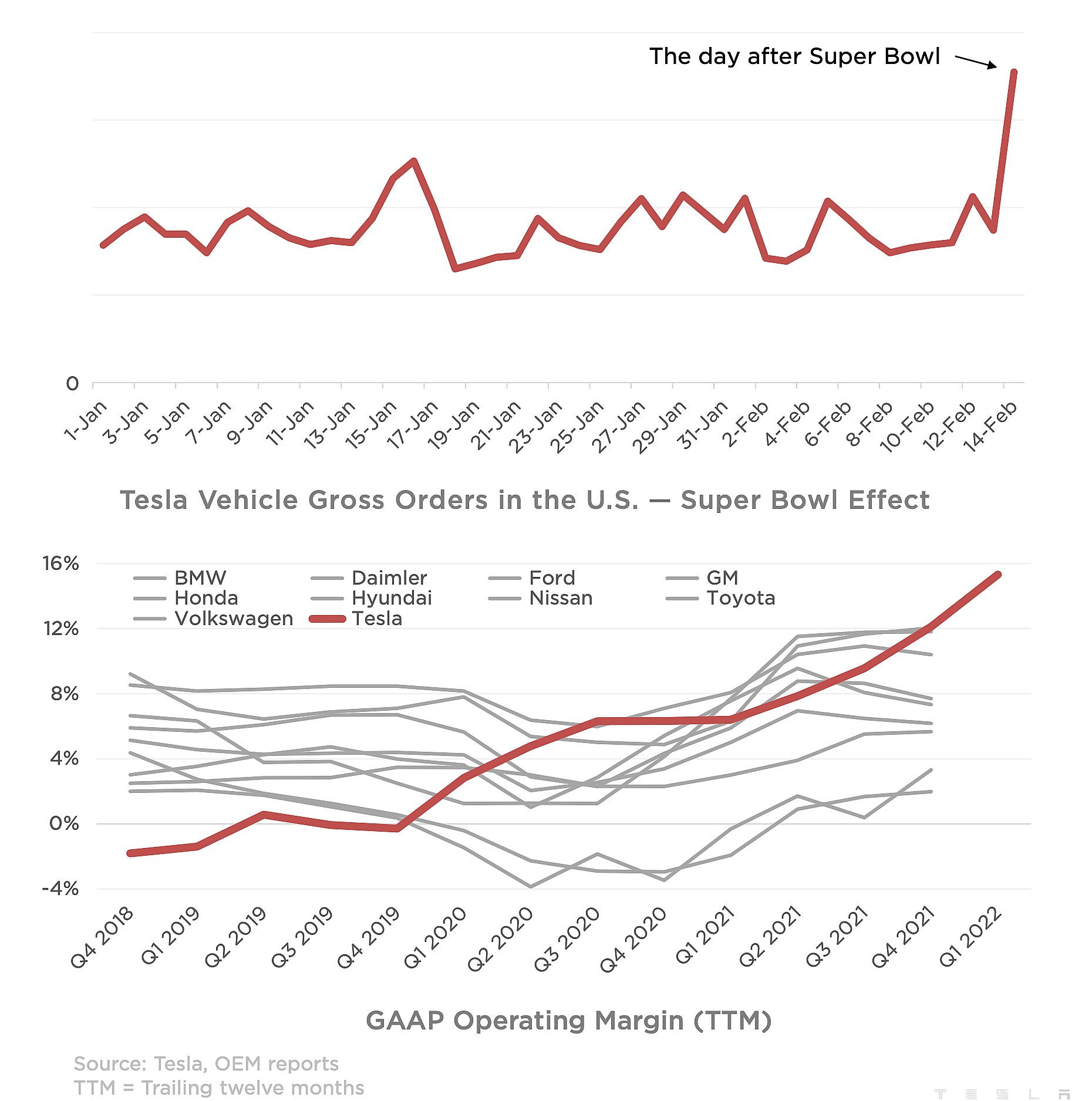
Tesla has never run a commercial or advertisement, seeking to funnel funds elsewhere, mostly toward Research and Development purposes. CEO Elon Musk has said in the past that he “hates advertising,” and on other occasions, has said money spent to run commercial ads should be put into product development instead.
Strange how these things are bucketed. I think of the whole company as being R&D.
— Elon Musk (@elonmusk) April 24, 2022
Other automakers have known for quite some time that Tesla is very different. While everyone still focused on combustion engine projects for the past ten years, Tesla was challenging the norm and attempting to build sustainable and long-lasting electric powertrains and nearly went bankrupt doing it. However, it all worked out, and even though the company’s plans and timelines are not necessarily predictable due to major supply chain issues, delays in development, or other reasons, the same basic tenet exists in Tesla’s fundamentals: accelerate the world’s transition to sustainable energy.
Tesla’s Fremont factory workforce is growing and the automaker is preparing for it
Tesla has been able to do this without running expensive advertisements due to several things. First, the company’s band of loyal owners are perhaps the best PR firm money can’t buy. With perhaps millions of owners globally, people are becoming more knowledgeable and informed when it comes to EVs, and Tesla enthusiasts, regardless of your opinion of them, are perhaps the most passionate automobile owners in the world. They are incredibly knowledgeable and spread their love for the company far and wide, which is better than any commercial. Personal experiences with a product of any kind are more likely to give potential buyers of that product a better idea of what the ownership experience will be like. It helps the company increase sales, and it helps consumers become more comfortable with ditching gas, in an EV’s case, even if it is only temporarily.
Despite companies taking shots at the undisputed leader in electric vehicles, Tesla still remains ahead of its rivals. With commercials obviously not doing the trick, perhaps the companies gunning for Tesla’s spot as number 1 will adopt the same strategy: put all of the money into making the product better.
I’d love to hear from you! If you have any comments, concerns, or questions, please email me at joey@teslarati.com. You can also reach me on Twitter @KlenderJoey, or if you have news tips, you can email us at tips@teslarati.com.
News
Tesla snags Lamborghini alum to help in newly entered market
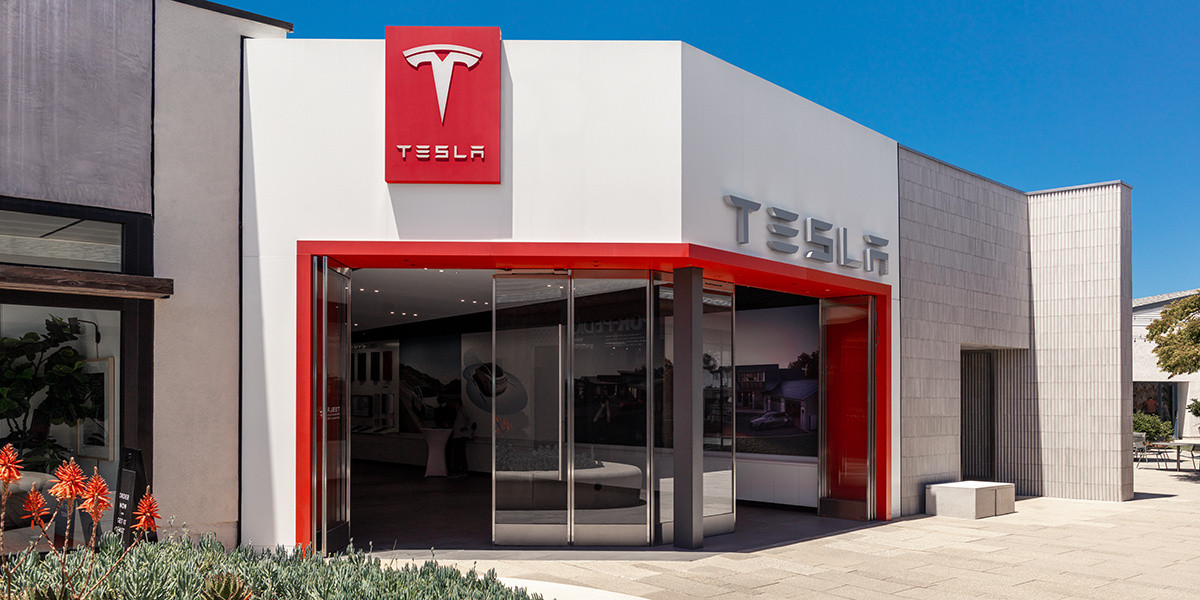
Tesla has snagged a Lamborghini alum to help with its entrance into a new market, which has proven to be an intricate situation for the automaker.
A report from Bloomberg states that Tesla has hired Sharad Agarwal, who was formerly employed by the Italian luxury carmaker, to run its operations in India. With Lamborghini, he was employed to handle operations in India.
Tesla launches in India with Model Y, showing pricing will be biggest challenge
Tesla has gone through quite a few different team members with its launch in India, starting with a few hirings a few years ago, well before the company actually committed to selling cars in the country.
The move helps Tesla streamline its executive decision-making process, as it previously had employees in India reach out to managers based in China, among other areas. Agarwal will be stationed in India and will handle the company’s operations.
Tesla’s mentality behind the strategy is to have local leadership, something that seems to cater to the market specifically.
Tesla had previously put Isabel Fan, the manager of Southeast Asia for the company, in the position. However, Tesla seemed to want someone who was more permanent and would be dedicated to India exclusively.
India has the largest population on Earth and has a massive automotive market for that reason. Tesla stands to gain a lot from a strong performance in India, and its clean energy vehicles could help with pollution of all kinds in the region.
Tesla’s path to entrance in the Indian market was a long one, as the company tried for nearly ten years to get into the elusive region. Back in 2016, CEO Elon Musk said Tesla “would love to be in India,” teasing the Model 3.
By 2017, Tesla had met with officials from the country, but tried to get import duties down to nothing from 100 percent.
Indian authorities denied Tesla’s request.
For years, Musk met with Prime Minister Narendra Modi to try and iron out a deal of some sort. Nothing truly came to fruition, at least until last year, when real movement started.
By 2024, India had introduced a strategy to reduce import duties for some companies, which was enough for Tesla to make a move. It is now 2025, and the company still has not committed to building a factory in the region. However, it is not completely out of the question.
News
Tesla Sentry Mode helps lock up drive-by shooting suspect in Seattle
“A nearby Tesla actually captured the video that showed a man crouched behind a vehicle firing gunshots. A lot of vehicles record, and officers know that Teslas, especially, record, so we use that video all the time in these instances.”
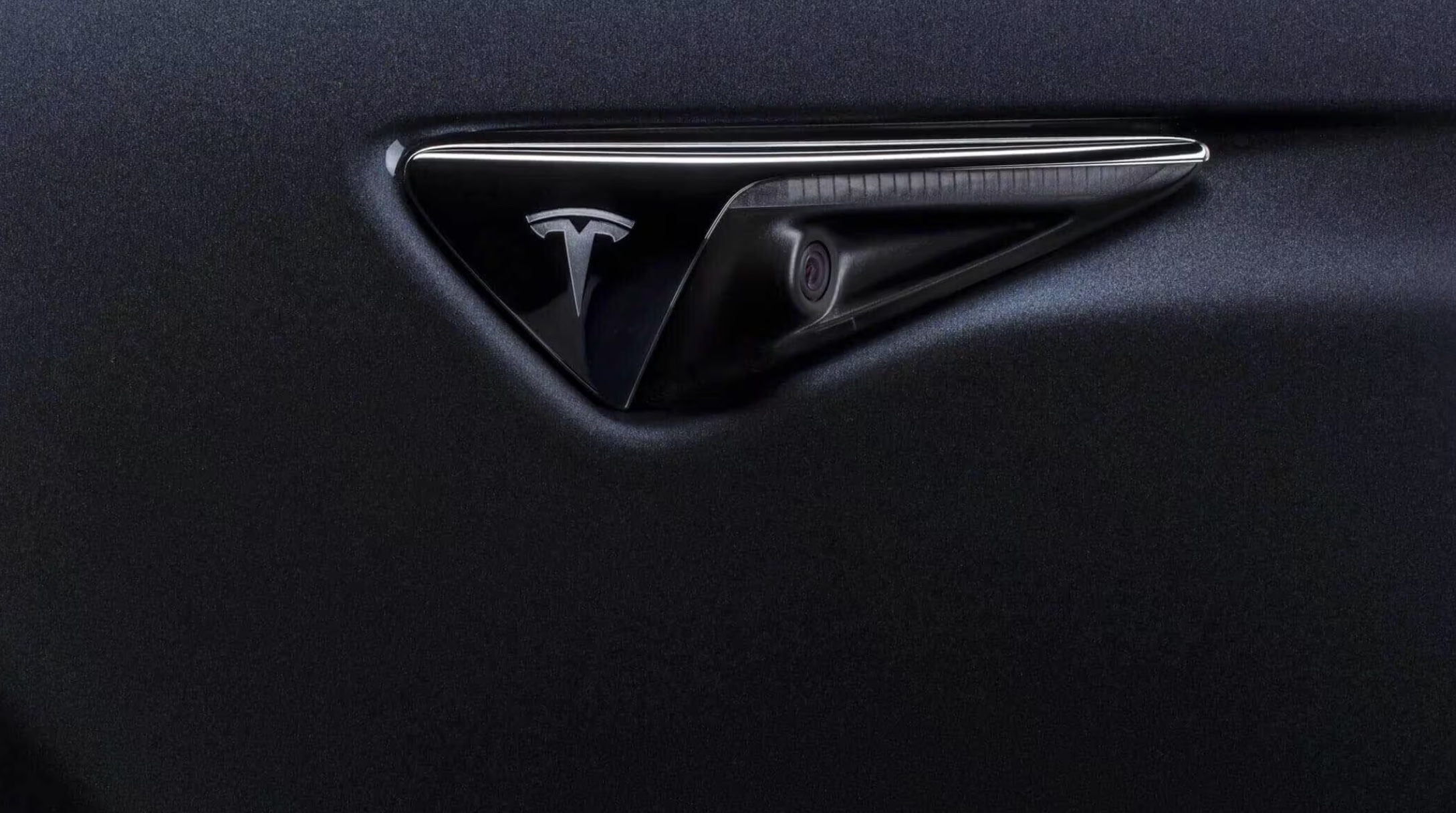
Police in Seattle, Washington, are crediting Tesla’s well-known Sentry Mode for helping find a suspect in a drive-by shooting case.
A 21-year-old was arrested for an alleged drive-by shooting in the Pioneer Square neighborhood of Seattle this past Sunday, and the leads on the case seemed to be slim.
However, a Tesla parked nearby was able to record the shooting, as well as the car that the suspect hopped in after the crime occurred. It helped police identify the person they were looking for.
Seattle Police Department Detective Brian Pritchard said to MyNorthwest that the Tesla was a critical part of finding the suspect and placing him under arrest:
“A nearby Tesla actually captured the video that showed a man crouched behind a vehicle firing gunshots. A lot of vehicles record, and officers know that Teslas, especially, record, so we use that video all the time in these instances.”
The Tesla footage helped the Police put the suspect into handcuffs about an hour after the crime was committed. They are currently charged with drive-by shooting and unlawful possession of a firearm.
Tesla Sentry Mode is a security feature the vehicle utilizes to help solve crimes like vandalism, but it is also a cool feature that has caught things like accidents and other incidents on camera.
Many people still do not know about it, including the many vandals who keyed or broke the windows of Teslas earlier this year, as people damaged others’ cars in an act of retaliation against CEO Elon Musk when he became involved in politics.
This is far from the first time Sentry Mode has helped Police Departments solve crimes. Last September, we reported on Oakland’s Police Department in California using Teslas near crime scenes to help solve cases.
Tesla Sentry Mode is Oakland PD’s secret weapon against rising crime
Sergeant Ben Therriault, president of the Richmond Police Officers Association, said, “We have all these mobile video devices floating around,” in reference to the Teslas that sit and capture nearly everything that surrounds them.
Sentry Mode has helped officers arrest a variety of suspects, including several people who were allegedly involved in the murder of a 27-year-old woman in Northern California.
Elon Musk
UPDATE: Tesla investors push Charles Schwab for Musk comp plan clarification
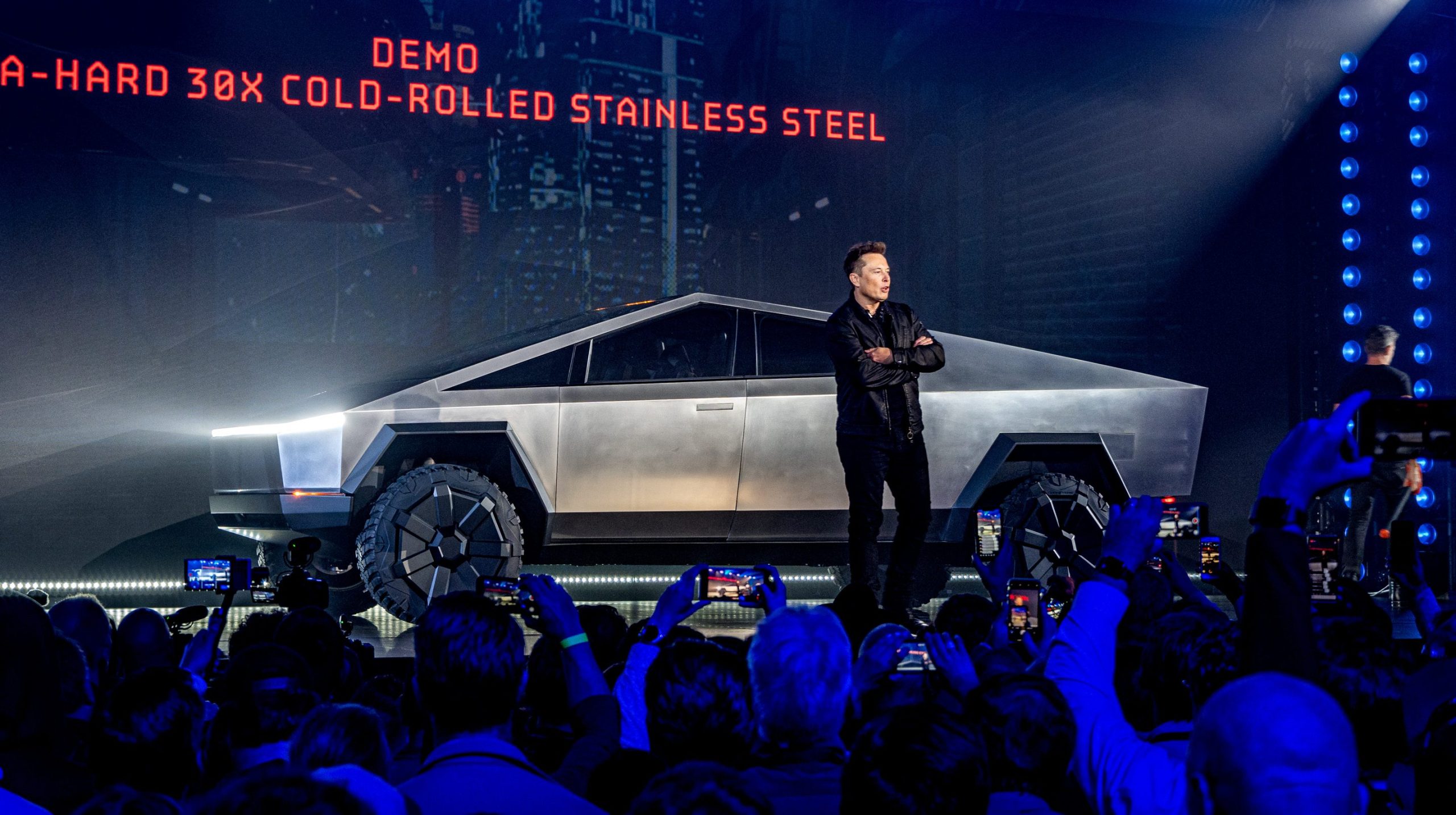
Update: 4:00 p.m. EDT – Charles Schwab has reached out to TESLARATI with the following statement, clarifying that it plans to vote FOR Musk’s compensation package:
“Schwab Asset Management’s approach to voting on proxy matters is thorough and deliberate. We utilize a structured process that focuses on protecting and promoting shareholder value. We apply our own internal guidelines and do not rely on recommendations from Glass Lewis or ISS. In accordance with this process, Schwab Asset Management intends to vote in favor of the 2025 CEO performance award proposal. We firmly believe that supporting this proposal aligns both management and shareholder interests, ensuring the best outcome for all parties involved.”
There have also been updates to the headline and various paragraphs to reflect this as well as accuracy.
Tesla investors are pushing Charles Schwab for clarification after it was expected to vote against CEO Elon Musk’s pay package.
Several high-profile Tesla influencers are speaking out against Charles Schwab, saying its decision to vote against the plan that would retain Musk as CEO and give him potentially more voting power if he can achieve the tranches set by the company’s Board of Directors.
The Tesla community appeared to see that Schwab is one firm that tends to vote against Musk’s compensation plans, as they also voted against the CEO’s 2018 pay package, which was passed by shareholders but then denied by a Delaware Chancery Court.
Schwab’s move was recognized by investors within the Tesla community and now they are speaking out about it:
Hey @CharlesSchwab – I need to speak with someone from Schwab Private Wealth Services this week. Please reach out via email, the mobile app message center, phone, or X DM.
Here’s why this is urgent: At least 6 of your ETF funds (around 7 million $TSLA shares) voted against… https://t.co/uSgPWnfTFc
— Jason DeBolt ⚡️ (@jasondebolt) November 3, 2025
If @CharlesSchwab doesn’t vote for Elon Musk’s 2025 CEO Performance Award plan, I’ll move all my assets to another brokerage. My followers, many of whom also hold assets with Schwab and collectively own at least hundreds of millions in $TSLA, may do the same.
I can’t in good… https://t.co/6iUU6PdzYx
— Sawyer Merritt (@SawyerMerritt) November 3, 2025
ready to help with the @CharlesSchwab exodus
— Gali (@Gfilche) November 3, 2025
At least six of Charles Schwab’s ETFs were expected to vote against Tesla’s Board recommendation to support the compensation plan for Musk. The six ETFs represent around 7 million Tesla $TSLA shares.
Jason DeBolt, an all-in Tesla shareholder, summarized the firm’s decision really well:
“As a custodian of ETF shares, your fiduciary duty is to vote in shareholders’ best interests. For a board that has delivered extraordinary returns, voting against their recommendations doesn’t align with retail investors, Tesla employees, or the leadership we invested to support. If Schwab’s proxy voting policies don’t reflect shareholder interests, my followers and I will move our collective tens of millions in $TSLA shares (or possibly hundreds of millions) to a broker that does, via account transfer as soon as this week.”
Tesla shareholders will vote on Musk’s pay package on Thursday at the Annual Shareholders Meeting in Austin, Texas.
It seems more likely than not that it will pass, but investors have made it clear they want a decisive victory, as it could clear the path for any issues with shareholder lawsuits in the future, as it did with Musk’s past pay package.
-
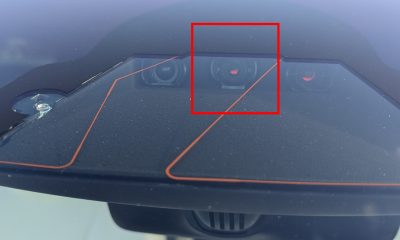
 News2 weeks ago
News2 weeks agoTesla rolled out a new feature with FSD v14 to fix a major complaint
-
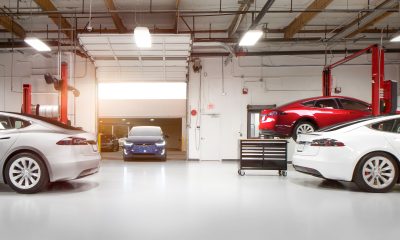
 News2 weeks ago
News2 weeks agoTesla just made Service even easier and more convenient
-
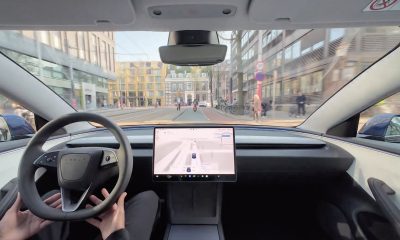
 News2 weeks ago
News2 weeks agoTesla Full Self-Driving’s new version officially gets a wider rollout
-
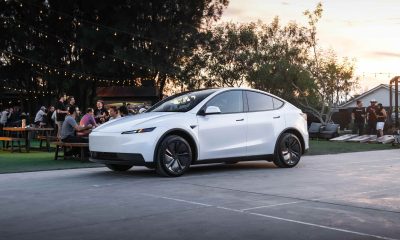
 News2 weeks ago
News2 weeks agoTesla makes crazy move to spur short-term demand in the U.S.
-

 News2 weeks ago
News2 weeks agoTesla Sweden faced with fresh strike from elevator company
-
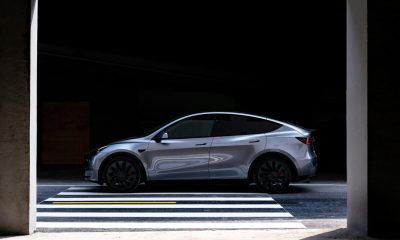
 News2 weeks ago
News2 weeks agoKia and Tesla top list in Swedish study of strongest EV batteries
-

 News2 weeks ago
News2 weeks agoTesla is looking to conduct FSD tests in new Swedish city: report
-

 Investor's Corner2 weeks ago
Investor's Corner2 weeks agoTesla analyst says this common earnings narrative is losing importance

